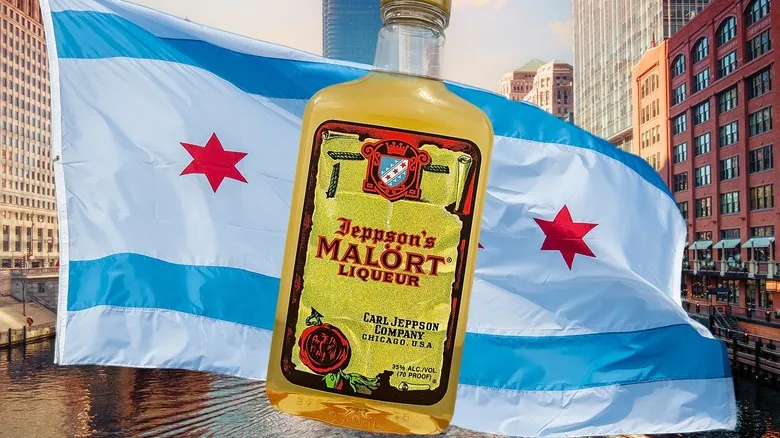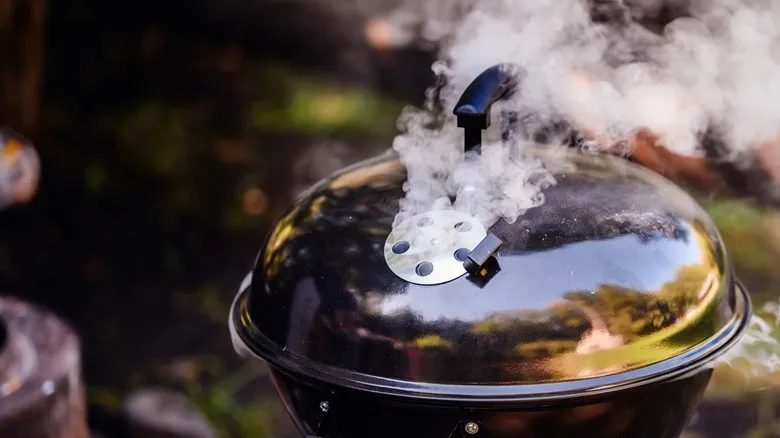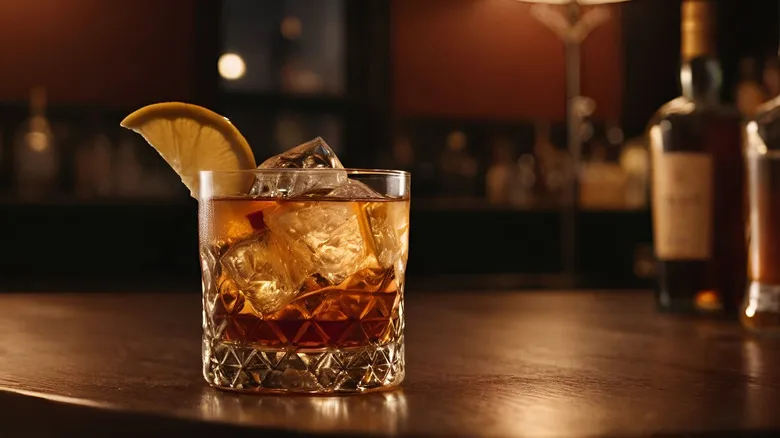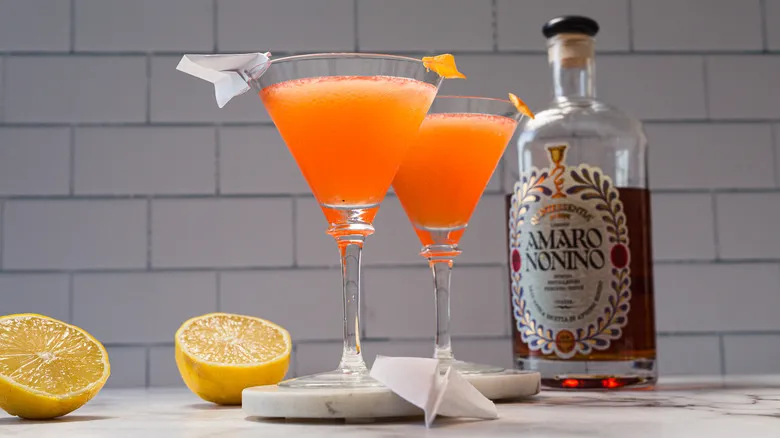How Malört arrived in Chicago

The Swedish-inspired drink emerged in Chicago, introduced by Swedish immigrant Carl Jeppson. During the Prohibition era of the 1920s, he developed a version of bäsk, cleverly disguising it as a medicinal tonic to circumvent alcohol restrictions. The liqueur was notably bitter and herbaceous, making it easy for authorities to accept it as a remedy. Jeppson asserted that the wormwood-infused concoction aided digestion and eliminated parasites. The demand among fellow Swedish immigrants was sufficient to sustain his business until he eventually sold it. While other immigrant communities in Chicago also enjoyed this distinctive spirit, its fame never extended beyond the city limits.
In the 1930s, George Brode acquired the liqueur and rebranded it as Jeppson's Malört. According to the company’s website, Brode promoted it as the "dry-est, dry liquor," even adding a sprig of wormwood to each bottle. Known for its intense flavor, Malört became a favorite among blue-collar workers, often enjoyed alongside an Old Style beer. However, it never achieved the same recognition as other potent digestifs like Fernet.
In recent years, Malört has gained renewed attention, thanks to Chicago bartenders and adventurous mixologists eager to preserve this historic drink. As a result, the bitter liqueur has started appearing more frequently in cocktails throughout the city. In 2019, CH Distilling acquired the brand, ensuring its continued existence. Today, Malört is celebrated as a symbol of Chicago, enjoyed for its unique and unforgettable flavor.
Recommended
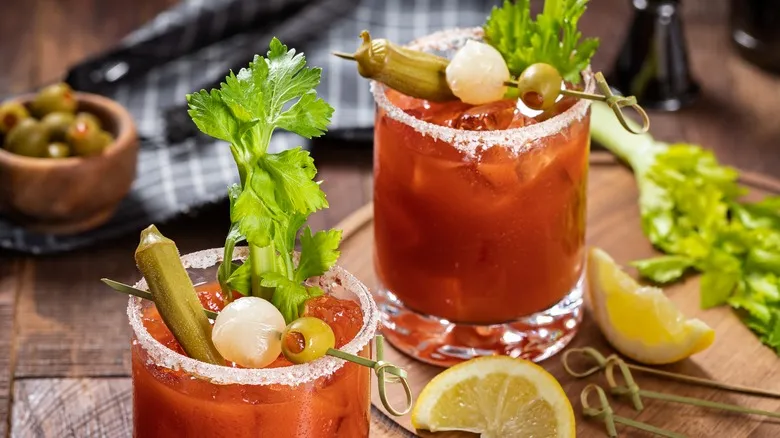
Give Your Bloody Mary A Tangy Kick With One Leftover Liquid
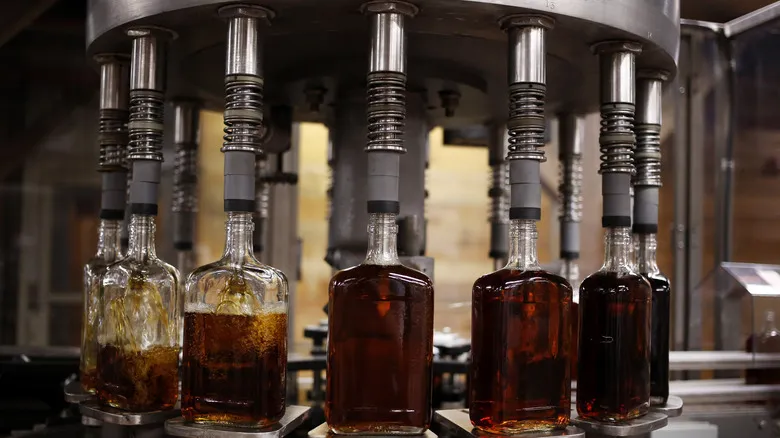
How Many Bottles Of Bourbon Are Typically In A Barrel?
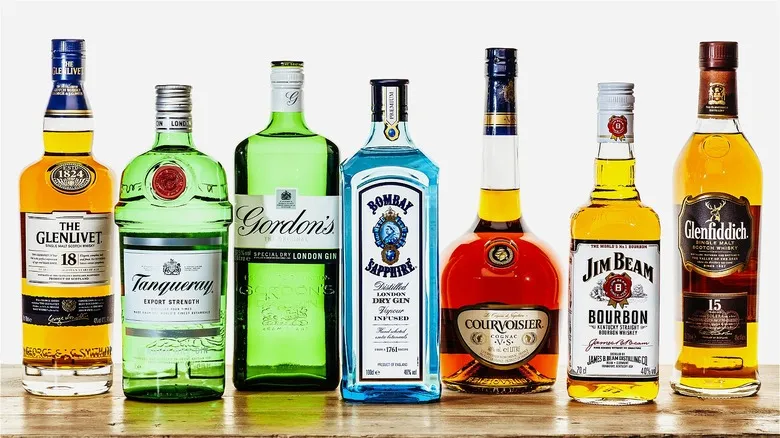
What Does Proof Mean When It Comes To Alcohol?

The State That Drinks The Most Alcohol Is Also One Of The Smallest
Next up

